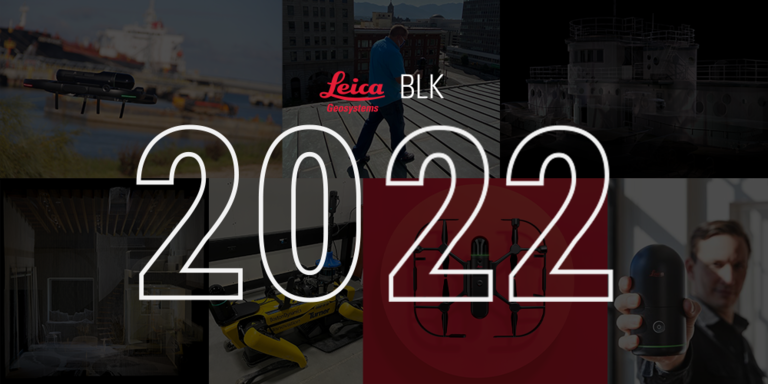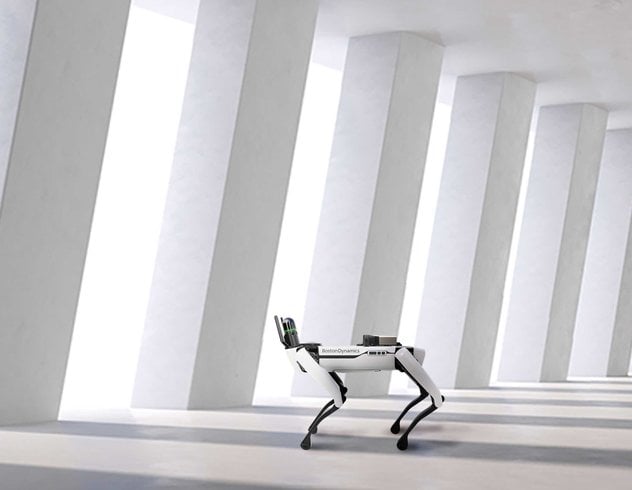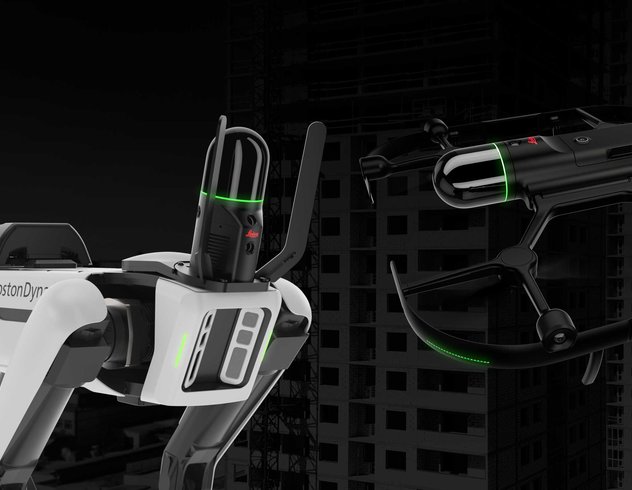It’s been a big year for Leica BLK. We released a brand-new Leica BLK360, won some prestigious awards for our BLK sensors, tried out some new educational initiatives, and explored the many new and innovative ways customers are using our reality capture products. Here, we highlight some of our favorite moments, achievements, and stories from 2022 — and take a look at what’s in store for 2023.
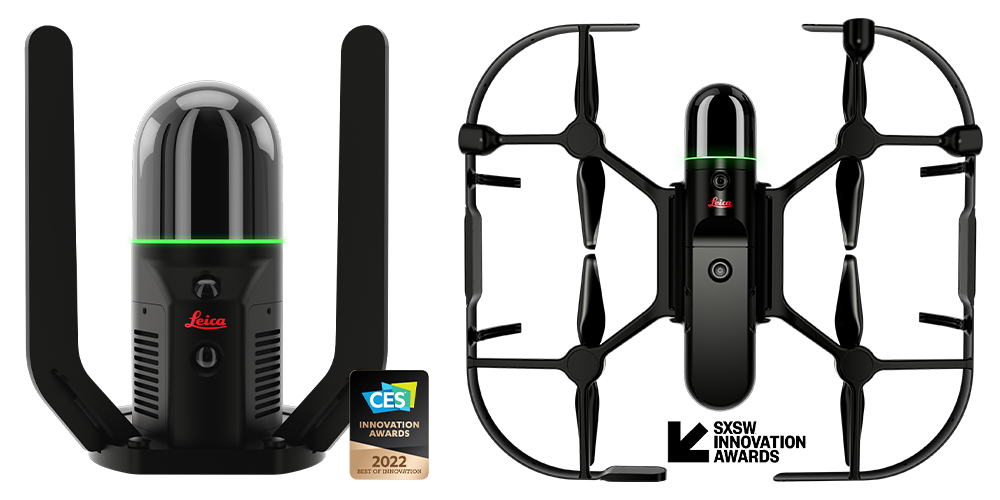
A year of accolades
The year started off with a bang, with the Leica BLK ARC — our autonomous laser scanning module made for robotic carriers — winning a Consumer Electronics Show (CES) 2022 Best of Innovation award. The BLK ARC joins the Leica BLK2GO, which won the same honor in 2020.
Next, February 2022 saw the Leica BLK2FLY win the Irish Construction Excellence Awards, while the BLK ARC landed as a finalist. The BLK2FLY later took flight to Austin, Texas, in March, where it was named a Finalist at the 2022 SXSW Innovation Awards.
But the best was still to come. In November, TIME announced its Best Inventions of 2022, putting the Leica BLK2FLY in the fine company of deep-learning artificial intelligence mapping the building blocks of life, robotic smart prosthetics set to revolutionize limb replacement, and water-activated disposable batteries designed to combat e-waste, to name a few. We’re humbled and honored.
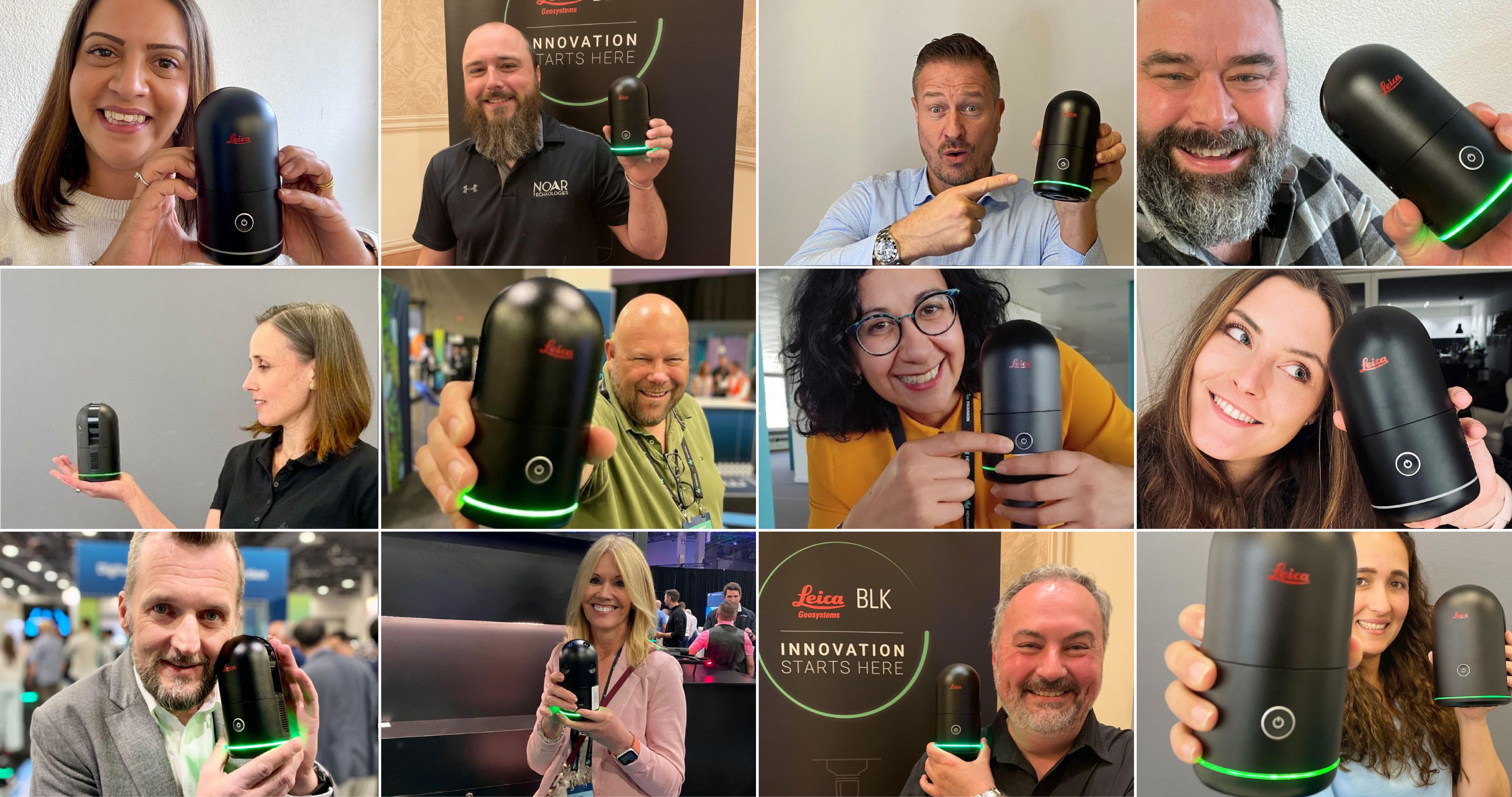
BLK360: The next generation
This year also saw the release of the all-new Leica BLK360. Finally realizing our original dream of a terrestrial scanner the size of a Coke can, the new BLK360 represents an evolutionary leap forward in functionality and design. It’s smaller, lighter, more accurate, and captures data around four times faster than its predecessor, the Leica BLK360 G1. It also has higher resolution imagery, with 5-bracket high dynamic range (HDR) imagery, compared to the G1’s 3-bracket HDR, and a new-to-the-BLK series Visual Inertial System (VIS), which tracks the movement of the scanner as you scan and pre-aligns your setups.
We’re really freakin’ proud of this thing. And we were thrilled to see the reaction from our first users, both inside Hexagon (Leica Geosystems’ parent company) and among our first customers. See some of their reactions here, and also check out the keynote of the BLK360’s release at HXGN Live.
Then, check out this story of scanning a curvaceous, architecturally unique concept home in upstate New York for a comparison of how the new BLK360 stacks up in the field.
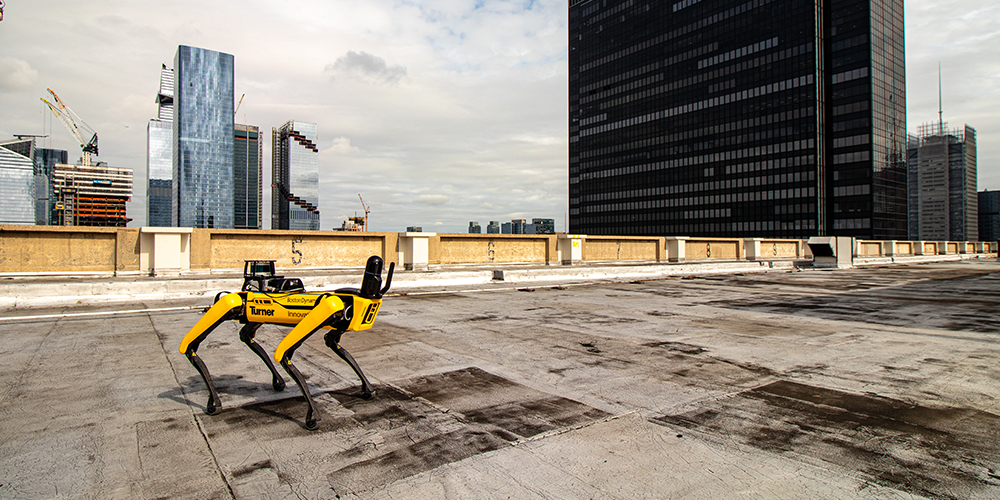
BLK in the wild: Our favorite case studies and customer stories
Terrestrial scanners, mobile mappers, flying laser scanners, autonomous robot-mounted sensors — one of the best things about Leica BLK is the sheer variety of scanning solutions we have and the new innovations and efficiencies our customers find when using them.
In Miami Beach, that meant using the new Leica BLK360 to scan a historic — but still actively used — piece of 1930s Art Deco architecture along the beachfront in just a fraction of the time as the BLK360 G1 and linking up with the Miami Design Preservation League to see how reality capture can help preserve these icons for the ages in the face of climate change, natural disasters, and other unexpected events.
For Turner Construction, it meant using the Leica BLK ARC to capture as-built conditions and swiftly navigate their Building Information Modeling (BIM) processes autonomously, saving man-hours both in time on-site and time scanning in total with the BLK ARC’s robot-mounted, GrandSLAM-based scanner.
“The model is designed the way things should be built, so if we compare the scan to the model, we can see if there’s something like an extra pipe that was installed or alternatively if something wasn’t installed that needs to be there,” Chris McKee, Reality Capture Manager at Turner said.
We’re in a scenario right now where we've integrated the BLK ARC on Boston Dynamics’ Spot into our essential workflow because of the amount of data that we're getting and the amount of time that we're saving.
But it’s not solely about speed. Unique problems require thoughtful solutions, so when global energy company Cepsa needed to map intricate on-site outdoor piping and terrain at its La Rábida Energy Park in Andalusia, Spain, they turned to the BLK2FLY. The autonomous flying laser scanner was able to capture the site in detail, forming the basis of a Digital Terrain Model that enables the Cepsa team to accurately and sustainably plan an upcoming site expansion.
“A static scanner project for the same area would take no less than five times as long, and we wouldn’t get the aerial point of view,” said Patricia Chacón, Cepsa’s Piping Manager. “The level of detail in those upper areas was very important to this project.”
Finding the right BLK tool for the job was also something on Eric Bogenschutz’s mind. The Senior Design Technology Manager for architecture, engineering, and planning firm HOK needed to scan an active hospital inside and out for upcoming renovations — a reality capture project rife with challenges as patients, doctors, nurses, and other staff are constantly moving, and taking necessary priority over other projects. He found a solution in the Leica BLK2GO, which was able to capture spaces in a fraction of the time of a static scanner, producing minimal disruption in this high-stakes, high-pressure environment.
“Trying to scan an active emergency room with a terrestrial scanner that has to stay stationary for a few minutes means a lot of rescans,” he said. “With the BLK2GO there was no need to stop and rescan as a hospital bed rolled by. Patient care and safety along with hospital staff accessibility always comes first, not having a tripod placed in a corridor that restricts movement is a win-win in my book!"
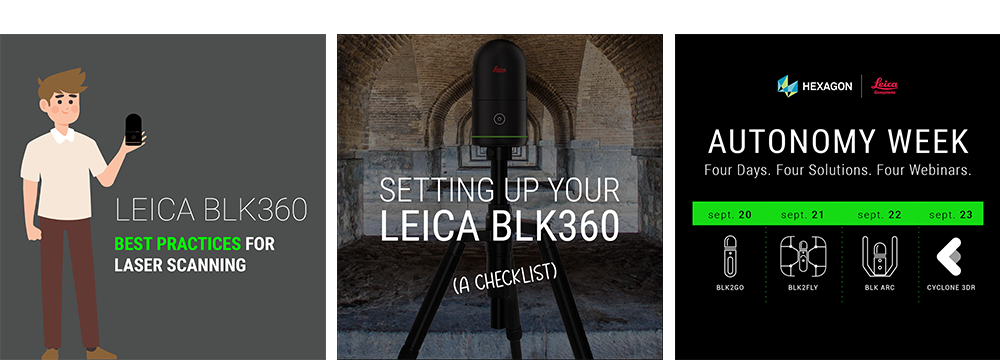
Empowering our customers with new educational resources
Seeing how creative many of our customers are with our BLK sensors and Cyclone software suite made us want to empower our newest users to do the same, getting the most out of their scanners and charting their own path for more efficient workflows and applications.
With that in mind, we had our first BLK Autonomy Week free webinar series hosted by Leica Geosystems’ premier experts on the BLK2GO, BLK2FLY, BLK ARC, and Leica Cyclone 3DR. Hundreds of people attended and we hope to do these more regularly in the future.
“We were pleasantly surprised by the number of registrations we had, the many questions and follow up conversations after,” Jill Nilsson, the Director of Marketing Autonomous Solutions at Hexagon Geosystems said. “This week was a success thanks to so many people helping and contributing, a true team effort!”
We also began an all-new series detailing some 3D laser scanning basics, from how to set up your Leica BLK360 to best practices for using the devices.
What’s next for 2023
We’ll have a few surprises in store for the coming year that we can’t talk about just yet, but we will keep focusing on what matters most: Our customers and community.
Stay tuned for more educational articles and tutorials, new webinars showcasing core functions of our scanners and software, exciting features of reality capture technology being used in new and innovative ways not just in architecture, engineering, and construction but media, entertainment, arts, and sciences as well. Because when we say we want “reality capture for all,” we mean it.
Happy New Year.
- The Leica BLK Team
Disclaimer: This article features the Leica BLK360 G1. Explore the expanded capabilities of the latest BLK360 model here.

